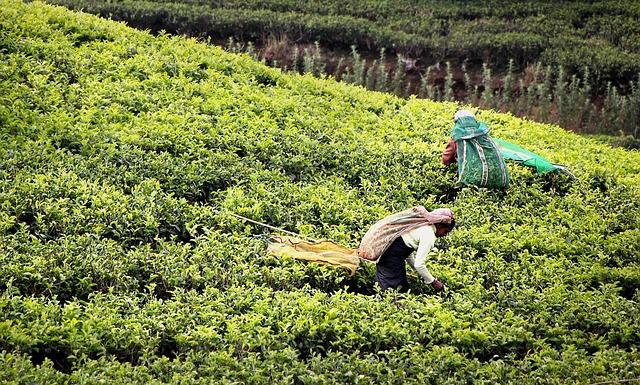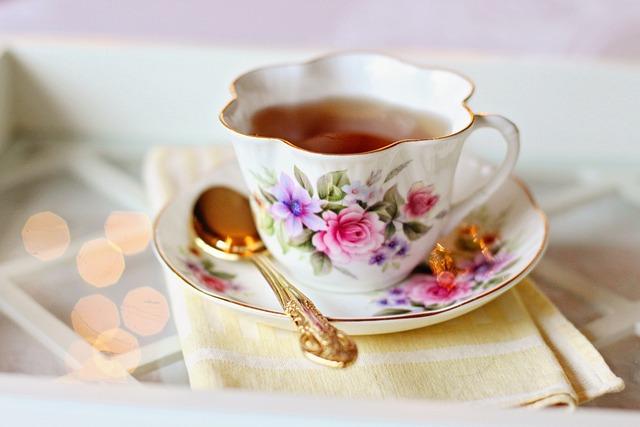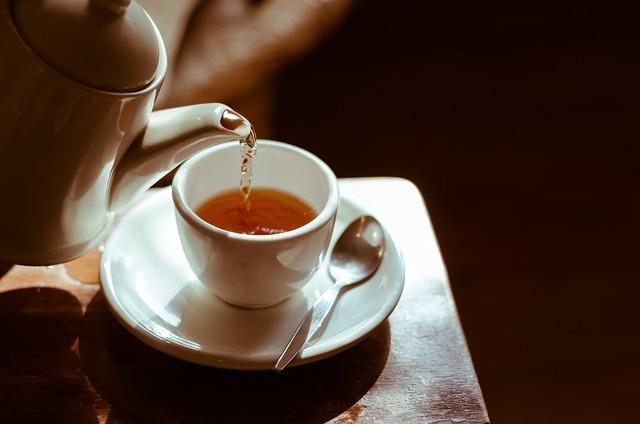Sri Lanka is a land of lush green hills and pristine beaches, but it is also home to a rich and vibrant tea industry that has played a significant role in the country's history and economy. In this blog post, we will take a journey through the tea plantations of Sri Lanka, exploring the history, culture, and flavors of this fascinating industry.
History of Tea Plantations in Sri Lanka
The origins of tea cultivation in Sri Lanka can be traced back to the 19th century, when James Taylor, a British planter, introduced tea plants to the island in 1867. He began experimenting with tea cultivation on a 19-acre plot in Loolkandura, in the Kandy district. His success in producing high-quality tea led to the rapid expansion of the tea industry in Sri Lanka, with British companies establishing large-scale tea plantations throughout the country.
Over time, the industry has developed and evolved in various ways. The mechanization of tea production in the 20th century led to an increase in productivity and efficiency, and the establishment of government-run tea research and development centers helped to improve the quality of tea produced in Sri Lanka.
Colonialism and globalization have had a significant impact on the tea industry in Sri Lanka. Under British rule, the tea industry was primarily controlled by British companies, but after independence in 1948, the Sri Lankan government gradually took control of the industry. The opening of global markets in the 20th century led to increased competition for Sri Lankan tea, but the country has been able to maintain its position as one of the leading producers and exporters of tea in the world.
Overall, tea cultivation in Sri Lanka has a rich and complex history, shaped by the interplay of cultural, political and economic forces.
The Tea Plantation Experience
A typical tea plantation in Sri Lanka is a large, sprawling property that is often situated on hilly terrain. The tea bushes are grown on terraced land and are pruned regularly to maintain a specific height, which makes it easier to pluck the tea leaves. The tea bushes are grown in rows, and the leaves are plucked by hand by workers who move along the rows.

The process of tea production starts with the plucking of leaves, which are then taken to a factory on the plantation for processing. The leaves are withered, rolled, fermented, and then dried, which gives them the characteristic flavor and aroma of tea. After drying, the tea is sorted and graded based on quality and then packaged for shipment.
Visiting and touring tea plantations is a popular activity for tourists in Sri Lanka. Many plantations offer guided tours that take visitors through the entire process of tea production, from plucking the leaves to packaging the final product. Visitors can also take a stroll through the tea bushes and learn about the history of tea cultivation in the country. Some of the most famous tea plantation regions in Sri Lanka are Kandy, Nuwara Eliya, and Haputale.
When interacting with workers on the tea plantation, it is important to be respectful and mindful of their daily lives. They work long hours and often live in on-site housing provided by the plantation. It's best to avoid taking photos of the workers without their consent and to be mindful of the language barrier. If you have the opportunity, try to speak with the workers and understand their experiences and perspectives on working on a tea plantation.
The Different Types of Sri Lankan Tea

Sri Lanka is known for producing a wide variety of high-quality teas, each with its own unique characteristics. Some of the main types of tea produced in Sri Lanka include:
• Black tea: This is the most common type of tea produced in Sri Lanka and is known for its rich, full-bodied flavor. Black teas from Sri Lanka are known for their bright, coppery color and are often used in blends for tea bags.
• Green tea: Green tea is less commonly produced in Sri Lanka, but it is gaining popularity in recent years. The flavor of Sri Lankan green teas is typically light and vegetal, with a subtle sweetness.
• Oolong tea: Oolong tea is a semi-fermented tea that is grown in the high elevations of Sri Lanka. This type of tea has a unique flavor profile, with notes of floral and fruity aromas.
• White tea: White tea is the least processed of all teas, and it is grown in the Nuwara Eliya region of Sri Lanka. White teas have a delicate, subtle flavor and are known for their high antioxidant content.
The different regions of Sri Lanka where the teas are grown also affect the flavor profile of the tea. For example, teas grown in the high elevations of the Central Province tend to have a more complex flavor profile with a stronger aroma, while teas grown in the low country regions have a more robust and full-bodied flavor.
To try different types of Sri Lankan tea, you can visit tea shops or supermarkets that specialize in Sri Lankan teas, or take a tour of a tea plantation and sample the teas there. Some of the most well-known tea brands in Sri Lanka include Dilmah, Ceylon Tea, and Lion tea.
Sustainability and the Future of Sri Lanka's Tea Industry
One of the most pressing issues facing the tea industry in Sri Lanka today is sustainability. Climate change and the rising cost of labor are just a few of the challenges that the industry must overcome in order to continue to thrive. However, there are also many organizations and initiatives working towards sustainable and ethical tea production. By supporting these efforts, we can ensure that the future of Sri Lanka's tea industry is bright and that the workers and the environment are treated fairly.
In conclusion, the journey through the tea plantations of Sri Lanka is a journey through the history, culture, and flavors of this fascinating industry. From the winding roads that lead to the derivatives to the workers who are the backbone of the industry, there is much to explore and discover. By learning more about the tea industry in Sri Lanka, we can also support the efforts to make it sustainable and ethical. We hope you enjoyed reading this blog post and that it has inspired you to explore the world of Sri Lankan tea.



